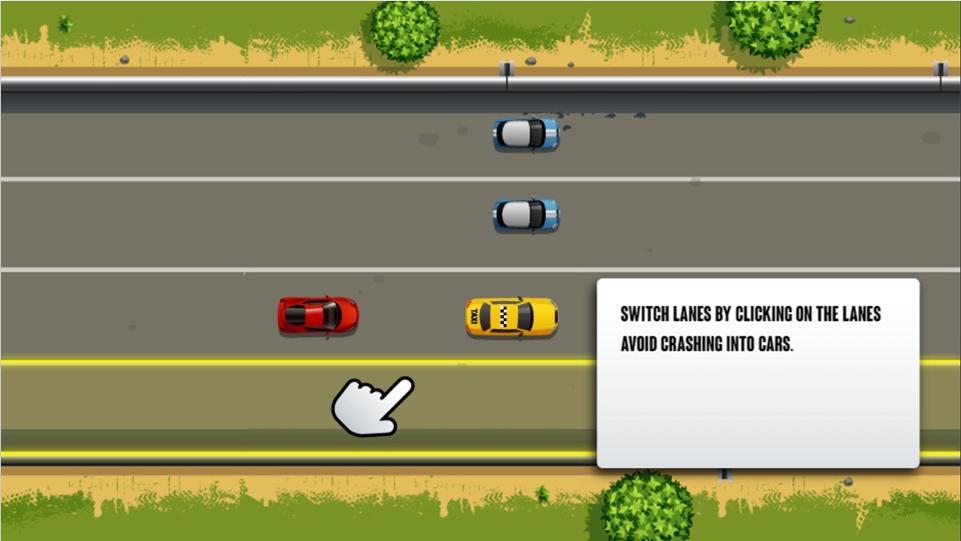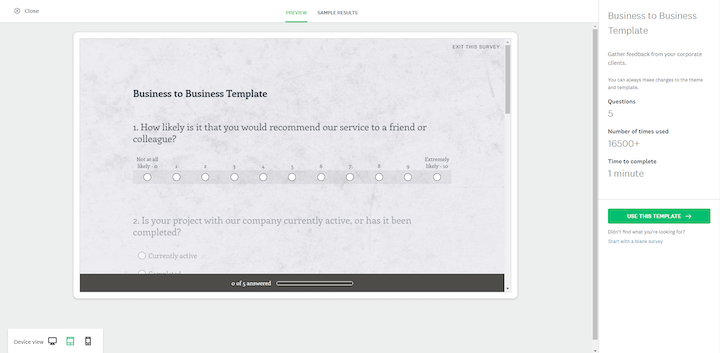
Students develop a healthy view of themselves and others. They become better citizens and learners through social emotional learning. These activities have long-lasting positive effects and can be used in educational settings. Teachers can use social emotional learning programs for their students to improve the school's environment, regardless of whether they are in elementary, middle or high school.
Your students are the most important part of your program. Observe their behavior and facial expressions. You can begin to understand their relationships with others students and at-home. It is possible to begin to spot small cues such as facial expressions that indicate they need more practice in social skills.
First, you need to identify the feelings that occur in the classroom. You might feel sad, angry, or confused during class. Talk to your students about the meaning of these feelings and how you can help them. Ask them to make a list of their most common feelings, as well as the words that describe them.

Then you can make an emoji map so students can recognize their emotions. You can also print a set of cards that include images and words to describe different emotions. The cards can be stuck to the ring by students to help them keep track.
Another option is role-playing scenarios. In one example, let students create a face to represent one of their emotions. Have them look for a feeling friend. This will enable them to discover how they feel about a certain color or character.
Twinkl has social and emotion learning activities that can be used with digital resources. You can download a large selection of social- and emotional learning tools from the company in PDF format. These worksheets are both instructional and independent work. Twinkl digital resources are a great way to teach social skills and emotional awareness to your students.
Your students can be encouraged to create their own stories by you as you work with them. This will help your students to see the value of empathy and the benefits it has for their classroom. Storytelling is a great way to help your students develop vocabulary and comprehension skills.

These types of activities can be added to the curriculum to help students build an emotionally strong foundation to support academic success. Students will be able to learn how they can manage their emotions, make good choices, and form strong relationships. By doing this, you'll improve the culture of your classroom and increase academic productivity.
By incorporating acts of kindness into your classroom, you can teach empathy to students. This can be done through a daily check-in or a morning meeting. When students give each other kindness, it helps build relationships in the classroom and outside of it. Additionally, students will be taught the value of kindness and its positive impact on the community.
FAQ
How much does homeschooling cost?
There are no set costs for homeschooling. Some families charge between $0-$20 per lesson. Others offer their services free of charge.
However, homeschooling requires dedication and commitment. Parents need to make sure they have enough time to spend with their children.
They also need to have access book, supplies, books, and other learning resources. Many homeschoolers need to access community programs and events to complement their curriculum.
Parents need to consider costs such as transportation, tutoring, and extracurricular activities.
Homeschoolers must also plan ahead to take part in field trips, vacations, or special occasions.
How do I select my major?
Students choose their majors based upon their interests. Some students prefer to major in a subject they enjoy doing because they will find this easier than studying something else. Others want to pursue a career for which there are no jobs available. Others choose a major to make money while they study. No matter your reasons for choosing a major, you should consider the type of job that you might be interested in after you graduate.
There are many options for information on different areas of study. Talk to your friends and family about their experiences in these fields. Read magazines and newspapers to see if there are any careers listed. Talk to a guidance counselor at high school about possible career paths. Visit Career Services at the local library or community centre. Check out books on various topics from your public library. To search for websites that relate to specific careers, use the Internet.
What is a trade school?
Trade schools are an alternative way for people without success at traditional higher education institutions to earn a degree. They offer career-oriented programs that help students get prepared for specific careers. These programs allow students to complete two years' worth of coursework in one semester. Then they can enter into a paid apprenticeship program that teaches them a specific skill set and provides on-the job training. Trade schools can include technical schools, community colleges and junior colleges as well as universities. Associate degrees are offered by some trade schools.
What are the main types of early education?
There are many ways you can describe early childhood education. The most common ones include:
-
Preschool - Children ages 2 to 5
-
PreKindergarten for children aged 4-6
-
Head Start/ Headstart for children ages 0-3
-
Day Care/ Daycares for children 0-5
-
Child Care Centers – Children aged 0-18
-
Family Child Care - Children from 0-12 Years of Age
-
Homeschooling – Children from KG up to 16
What is a vocational high school?
Vocational schools provide programs that prepare people for a specific job. They might also offer general education courses or training in the skills that employers require.
Vocational education has a significant role to play in society. It helps young people gain the skills they need to succeed. It provides high-quality learning opportunities for all students.
The vocational school offers a wide range of options to its students. These include certificates, diplomas and degrees, as well as apprenticeships and certificates. Vocational schools offer both academic and practical courses in math, science and English.
What is the main difference between schooling and college?
Schools are typically divided into classes or grades with a teacher who teaches students. Colleges, which are often larger and offer more specialized classes, may also include university-level programs. The majority of schools focus on core subjects, while colleges offer more specialized programs. Both levels have a curriculum that prepares students for higher education.
What does it entail to be a teacher in early education?
A teacher in early childhood education must have specific training. Most states require candidates for a teaching position to obtain certification from a state board before being allowed to work in public schools.
Some states require teachers who teach math or reading to pass tests.
Some states require teachers who teach early childhood education to have completed a certain amount of coursework.
Most states have minimum requirements that teachers must know. However, these requirements vary widely between states.
Statistics
- Among STEM majors, that number is 83.5 percent. (bostonreview.net)
- These institutions can vary according to different contexts.[83] (en.wikipedia.org)
- In most developed countries, a high proportion of the population (up to 50%) now enters higher education at some time in their lives. (en.wikipedia.org)
- And, within ten years of graduation, 44.1 percent of 1993 humanities graduates had written to public officials, compared to 30.1 percent of STEM majors. (bostonreview.net)
- They are also 25% more likely to graduate from high school and have higher math and reading scores, with fewer behavioral problems,” according to research at the University of Tennessee. (habitatbroward.org)
External Links
How To
How can I apply in order to be considered for a scholarship?
First, you must ensure you meet the eligibility requirements to apply for scholarships. Only those who meet the criteria for scholarship funding are eligible.
If you are economically poor, you might be eligible to receive a grant. You can qualify for a work-study program if you are enrolled in a vocational training course. You may also be eligible for a grant if you belong to a minority group.
You can then apply for scholarships after you have made a decision about your eligibility.
The application process can be done online, over the phone or in person. The type of scholarship will determine the application process.
For some scholarships, you will need to submit essays about you and your reasons for applying. Others may ask questions such as, "Why did your choose this major?"
Many scholarships require that you fill out an application and submit supporting materials.
Your scholarship provider may review your information. If you are selected for a scholarship, you will be notified electronically or by mail.
Even if you're not selected, you might still qualify for another scholarship. Contact your scholarship provider for details.